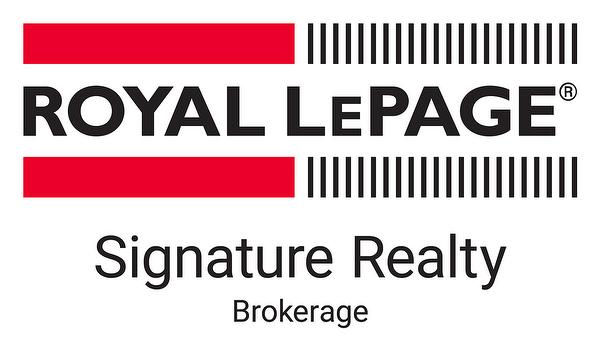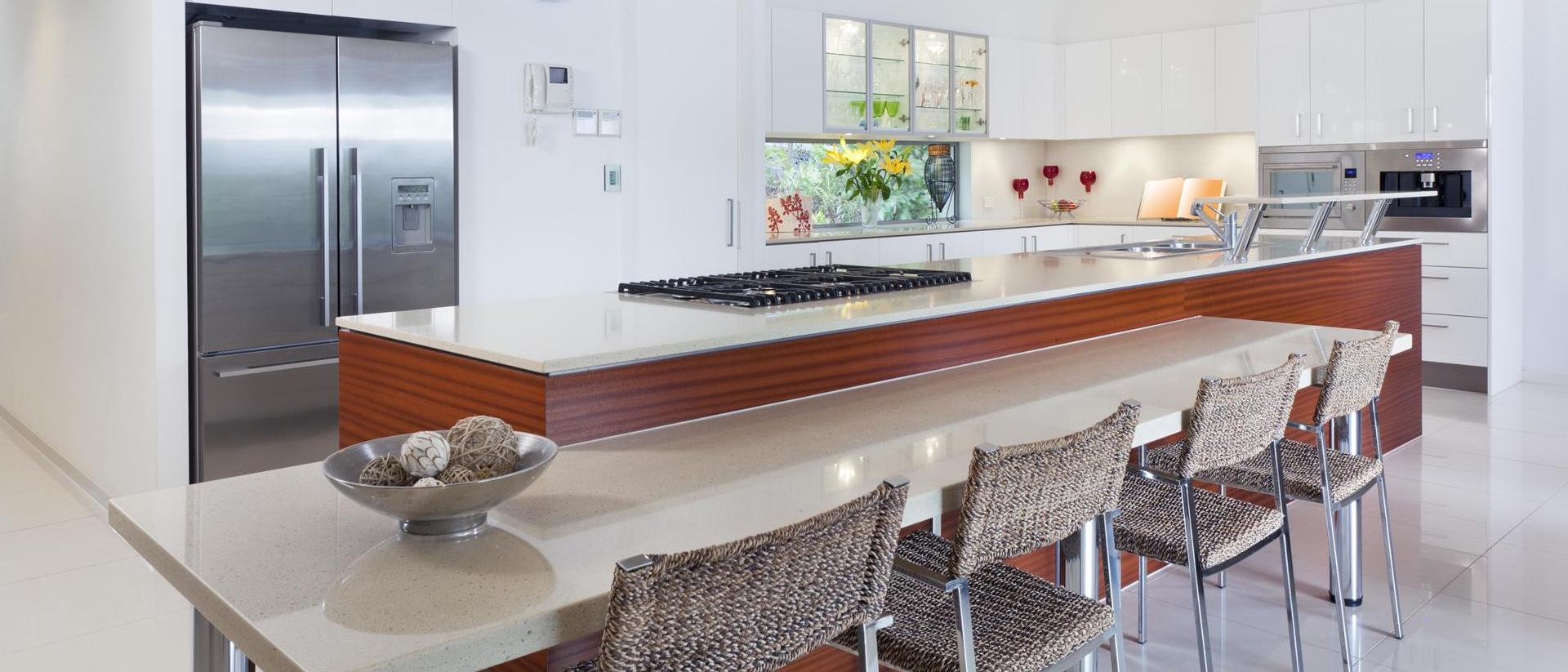Mortgage Information
What is a pre-approved mortgage?
It’s a written commitment from a lender that you will get a mortgage for a set amount at a set interest rate, locked in for 60-120 days, depending on the lender. The commitment is subject to a financial assessment and property appraisal. This service is always free and without obligation.
Why do it?
A pre-approved mortgage gives you an edge. Before you even start house hunting, you’ll know how much you can afford, your interest rate, and your monthly payments. With your financing already mapped out, you can concentrate on finding the right home in your price range.
A pre-approved mortgage shows you’re a serious buyer. In a situation where several people are bidding on the home you want, you may decide to offer the list price and beat out earlier offers.
From offer to closing
When you find the home that’s right for you, your next step is to make an offer to purchase the home from the current owner. The owner can accept your offer, make changes to the offer and present you with a counter-offer, or reject the offer.
About the Offer to Purchase
The Offer to Purchase is a legally binding agreement between you and the person selling the house. It’s a good idea to have your lawyer review it with you before it is presented to the seller. It includes:
- Your name
- The seller’s name
- The address or legal description of the property
- The price you are prepared to pay for the home
- The items you expect to be included in the purchase price
- The amount of your cash deposit
- Your financing arrangements
- The closing date
- Specific terms or conditions that must be met as part of the purchase
- A time limit for meeting these conditions
Discuss the Offer to Purchase with your lawyer before you sign it. Remember, it becomes a legally binding agreement the moment it is accepted. If you decide to cancel an offer that has already been accepted, you could lose your deposit and the person selling the home could sue you for damages. If the seller does not accept your offer, your deposit will be returned.
When your offer is accepted
You’re in the home stretch, finalizing the details of your mortgage and closing the purchase of your new home. Now you need to call your mortgage specialist and send them the following info:
- A copy of the real estate listing
- A copy of the accepted Offer to Purchase
- Information on the source of your down payment
- Income verification if you are employed
- A letter from your employer verifying your place of employment and income, or T4s and Notice of Assessment, or T1 General Tax Return and Notice of Assessment
- Income verification if you are self-employed
- 3 years of Financial Statements and 3 years of Notice of Assessments, or 3 years of T1 General Tax Returns and 3 years of Notice of Assessments
Processing the mortgage application
Your mortgage specialist will want to verify the value of the property you are buying, your current financial picture and your credit history, so a property appraisal and credit report will be ordered.
If your down payment is less than 20%, your mortgage is considered "high ratio" and you must pay insurance premiums. You decide whether you want to pay the premium in cash or have your lender add it to your mortgage amount.
Be prepared to pay fees for the mortgage application, credit report and property appraisal.
Closing the purchase
Closing day is the day you become the official owner of your home. However, the closing process usually takes a few days.
Typically, you visit your lawyer’s office to review and sign documents relating to the mortgage, the property you are buying, the ownership of the property and the conditions of the purchase. Your lawyer will also ask you to bring a certified cheque to cover the closing costs and any other outstanding costs.
Once your mortgage and the deed for the property are officially recorded, you become the official owner of the property.
Mortgage terms explained
Mystified by all the financial jargon used to describe mortgages? Here’s a quick overview of key terms to help you understand the language - and make the process clearer and easier.
Mortgage. A personal loan used to purchase a property. You pledge the property being purchased as security for the loan.
Down payment. The portion of the purchase price that you pay initially as a lump sum; the rest is financed by your financial institution. A down payment is generally up to 25% of the purchase price.
Principal. The amount of your loan.
Interest. This is added to the amount you have borrowed to compensate the lender for the use of their money. Your mortgage is repaid in regular payments which are applied toward the principal and interest.
Term. The number of months or years the mortgage contract covers (typically six months to five years), during which you pay a specified interest rate.
Amortization. The number of years it will take to repay the mortgage in full. (This is usually longer than the term of the mortgage.) For instance, you may have a five-year term amortized over 30 years.
Equity. The difference between the value of your property and the amount you still owe on the mortgage.
Conventional mortgage. Offered to buyers who make a down payment of 20% or more of the appraised value or purchase price.
High ratio mortgage. Offered to buyers with a down payment of less than 20%. This type of loan must be insured against default by the federal government through an approved private insurer (the lender usually arranges this). The borrower pays a one-time insurance premium to the insurer (ranging from 0.5% to 3.75% depending on the size of the loan and value of the home; additional charges may also apply). The premium is usually added to the principal amount of the mortgage. If you default on your mortgage, the lender is paid by the insurer.
Fixed rate mortgage. Carries a set interest rate for a specific period of time (the term of the mortgage). The regular payment of the principal and interest remains the same throughout the term. The benefit of choosing this option is that you are protected if interest rates rise.
Open mortgage. Gives you the flexibility to make unlimited pre-payments or lock into a fixed term at any time. This loan’s interest rate changes periodically, and is tied to the prime rate. This type of mortgage is popular when interest rates are expected to fall or remain stable.
Portability. If you are selling your home and buying another, this option allows you to take your mortgage - with the same term, rate and amount - and apply it to your new house. If your mortgage isn’t portable, don’t sign for a longer term than you’re likely to stay in the house or you could wind up paying a penalty to break the mortgage agreement.
Assumability. This feature allows the buyer of your house to take over or "assume" your mortgage. If your mortgage has a fixed interest rate lower than current rates, it could be an attractive selling feature.






